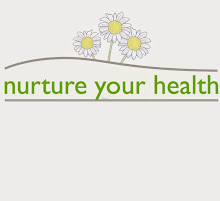Thursday, January 19, 2017
Children's Health and Green Space Access
An article by Kurt Beil ND in the September 2016 issue of the Natural Medicine Journal looked at how children's health is impacted by their access to and engagement with green space in their neighbourhood. The article focused on a study by Kim, Lee, and Sohn (published in the January 2016 issue of the International Journal of Environmental Research and Public Health) which involved 92 children ages 9 - 11 years. The participants were assessed for their health related quality of life (HRQOL) using the Pediatric Quality of Life Inventory. How much of their surrounding neighbourhood was green space, the number of patches of trees that were in their surrounding neighbourhood, and the distance that existed between these patches of trees were statistically significant predictors of the children's HRQOL. Larger green space area, more patches of trees, and further apart patches of trees were associated with an improved HRQOL. As well, BMI, weekend physical activity level, and number of hours of TV watched were also statistically significant predictors of the children's HRQOL. More balanced BMI, higher level of weekend physical activity, and lower number of hours of TV watched also were associated with an improved HRQOL. None of this information is likely surprising, but it is still a helpful confirmation of how important it is for children (and for adults) to have access to green space in their neighbourhoods and how important it is to ensure that children (and adults) engage in outdoor physical activity and aim to limit the number of hours spent watching TV.
Subscribe to:
Post Comments (Atom)


No comments:
Post a Comment